
Water is the driving force of all nature.
-Leonardo da Vinci
The water predicament may be a greater threat to Pakistan’s national and human security than terrorism, militancy or violent extremism, which tend to dominate the conversations in the region. Water is one of the most critical issues impacting rural and urban development in Pakistan and other developing countries alike. Rapid urbanization and population growth contribute to the urgency of this matter in Pakistan. Water sector improvement is a primary goal of the 2025 Vision for Pakistan in efforts toward meeting concrete targets for the Sustainable Development Goals, mandating climate change to be prioritized for Pakistan’s national security agenda.
Denoted a “ticking time bomb” more recently, the water crisis has been evident for quite some time, with several warnings from activists and experts over the past decade or so. Nevertheless, the internal and external pressures have escalated at unprecedented levels, attributed to challenges from climate change. The 2010 floods continue to impact the infrastructure and agricultural development activities, nearly a decade later. Inefficiency and water over-use and wastage is often associated with Pakistan’s agricultural sector activities. Pakistan’s geo-strategic positioning, and the primary sources of water from the Indus basin, flowing from the Himalayas of northern Pakistan, make it a critical case in South and Central Asia. Hence, the water crisis has become a “trigger” for security conflicts within the region and Pakistan is gradually reaching a threshold for scarcity.
Water also remains one of the primary issues of concern at a provincial level in Pakistan, from Khyber Pakhtunkhwa, to Punjab, to Sindh, each province manifesting their own characteristics. Several international aid programs have been designed to center around water and infrastructure development, addressing water as a priority for long-term sustainability. Relevant local stakeholders, working alongside international players, recognize the value-added from these international interventions.
What increases the complexity of water are the several layers to the problem in Pakistan that coexist at the collective and individual level. Water became a prominent theme in my recent fieldwork in Pakistan, at a professional and personal level for investigative and day-to-day purposes. I had the opportunity to not only hear first-hand from Pakistanis about their water plight during my trip, but also experience water scarcity at some level in my own living situation in Pakistan. I will explain why this is important later in this piece.
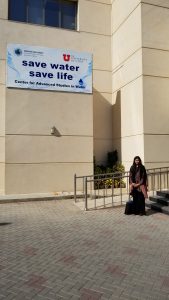
Though there was some familiarity with the issue due to past travels, during this recent trip to Pakistan, in the winter of 2017-2018, I was exposed to the local complexity at a greater level and consciousness than before. Water is not only scarce, but also improperly governed and managed through poor infrastructure and regulations, with hints of serious corruption and criminal activity.
Because of the corruption in the water management system, I learned that residents in Sindh and Karachi do not feel safe taking action on this matter authorities have neglected. Many people aware of the corruption seemed to coexist with it due to the fear for the imminent threat to their safety. There is no greater threat to human survival than climate change, but water scarcity alone isn’t what makes water management an urgent and pertinent concern in Pakistan, to some perspectives. And the situation may be more frightening than what we can sense on the surface.
Compounding the policy implementation and corruption issues centered around water, to make it worse, water in some places is not only scarce but also heavily contaminated. But this isn’t universal in Pakistan. One independent activist informed me that you can actually drink the water from the faucet in places within Punjab, but you cannot do the same in Sindh. This is largely because the water from sewage pipes links with that of other water pipelines, causing the contamination in the tap water. This forces many households to purchase water from private companies that deliver through large water tanker trucks. The water contamination has been a problem in Sindh for a long time, and remains an indicator of water mismanagement and lack of investment in the water and sanitation infrastructure sector. I am finding that there was a stronger focus on government and internationally sponsored development programs designed to address water sector improvement within the Sindh area, perhaps for this reason.
……………..
My encounter with the water problem in Pakistan was not only at the policy level through conversations with some key players and experts, nor just the academic level for my research, but also at a personal intimate level.
Upon returning from my trip in the Northern Areas in early December, (my travels included brief trips to accessible urban centers in the major provinces in Pakistan, including Islamabad in the Federal territory, Lahore in the Punjab province, and Peshawar in Khyber Pakhtunkhwa), I became inspired to experience greater local immersion to enhance my qualitative and ethnographic research efforts. The gravity of the water problem in the area where I lived for the remainder of my time in Pakistan (Karachi) was also a primary motivation.
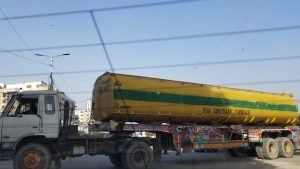
Similar to many other residences in Karachi, our apartment complex would require us to buy water from private companies. A water tanker truck would arrive on a weekly or bi-weekly basis to fill a tank that would distribute the water to the different apartment buildings in our Karachi apartment complex located near the Clifton sea view area. There were times the tanker didn’t show up, and we would be without water for a day or even a few days. The usage and problems with the water tanker is not unique to the Karachi and Sindh area. But it is no secret now, that the water tankers are often controlled by criminal gangs or “tanker mafias” within Karachi and Sindh, which exacerbates the water problem. Unfortunately, criminal activity in Sindh dominates the concerns of the water crisis locally.
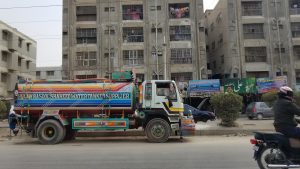
When I was first informed about how the water allocation works at our residence, from December 21 through my last day in Pakistan, January 30, I decided to use a “balti” (Bucket) for bathing purposes, something I had used as a child, during my travels to Pakistan in my younger years. Even with the access to a more modern form of bathing, I found this an important exercise, and a critical way of saving water given the occasional water shortage issues within our living situation. Using a balti would require pouring water from the bucket over my head with a plastic cup. For about 40 days, after returning from Islamabad, I bathed from the balti, and for the remainder of my time in Karachi.

It may appear to be a very simple concept, perhaps even a little silly to mention, admittedly. But it can be challenging to follow through if it isn’t something you are accustomed to practice on a daily basis. I found that using a balti, created an innate cognitive trigger, allowing for a personal reminder of the problem of water scarcity in Pakistan, and the general importance of water conservation. Within every use of the balti, the value of water gradually became greater for me. Eventually, I didn’t need the full balti of water to complete my bath. I tested at times to determine how much water was really necessary from a full balti, and sometimes if I was really conscious and careful, I only required half the bucket. The remainder of the water in the balti could be used to perform ablution for prayer, or for washing or brushing my teeth, or even for cleaning purposes. This reminded me about how fundamental water truthfully is in our daily lives. It is an essential ingredient for every aspect of our livelihood.
I also recognized how critical it was to be experiencing this for my training and research on Pakistan, but on developing countries in general, as a budding development practitioner and scholar. When we return from a developing country, to our homes in more economically advanced places in the world, witnessing certain conditions, we tend to develop a greater appreciation and understanding of the basic needs we take for granted, something as basic as water. We also reflect on the notion that we don’t see this problem in the same way in the “West”, and at the same time, we waste so much water on a daily basis. And it seems, on the surface, that we have an endless supply of it.
Throughout my stay in Pakistan, I used the balti bath period as a time to reflect on what I was learning about the water problem in Karachi, the water problem in Pakistan, and the universal water concerns and issues in general. My mini-experiment with the balti, during my dissertation fieldwork in Pakistan, proved to me that we (in the West and other developed/industrialized nations) do not need the kind of water consumption we experience on a daily basis.
Admittedly, it is easy to say all this and to incorporate an individual experiment for a short period of time, knowing that using a bucket with a plastic cup to bathe will not be permanent. The occasional water shortage in my home in Karachi will not be a permanent experience or change in my lifestyle or livelihood. Unfortunately, that isn’t the case for most Pakistanis living under these types of permanent conditions in Pakistan, and at a much greater level among poorer populations. It is a reality that deeply disturbs me.
For several days upon returning to the US, I felt a surge of guilt without my balti, but eventually my lifestyle returned to how it was before. Yet since then, every time I turn on a faucet, I see a scar on the back side of my right hand, that was caused from the rim of the balti in Pakistan, (I call it my battle wound), and with that I am reminded of my experience and that critical need to conserve for future generations, no matter where you are in the world. Despite Pakistan having the fourth largest rate of water usage in the world, the issue is bigger then Sindh; and it is bigger than Pakistan. And it starts at a very personal, individual, human, fundamental level. That is what makes access and consumption of water a fundamental human right.
The same issues are being dealt with in parts of the United States, most notably in Flint, Michigan, where many people living in low-income housing situations have been drinking and bathing in lead-contaminated water for years, under poor leadership and management.
There are lessons we try to impose on developing countries, as “development practitioners” with Western origins, arguably leaving a hint of “colonialist” and “orientalist” tendencies. And as researchers, it is something we must take caution within our fieldwork, with a critical self-awareness of all aspects of our “researcher bias.” A way to counter this problem is a conscious immersion among your local context, like my mini-experiment with the balti. In some situations, it is imposed, but in others, you have to impose it yourself.
Additionally, a traditional approach has been to “copy and paste” various lessons learned from development activities from other parts of the world to areas with deeper complex issues.
In this case, water is not just a scarce public good, there are issues of corruption, weak institutions, poor management and poor infrastructure, and serious contamination, and at varying levels in rural and urban settings across the provinces. The inflexible “copy and paste” conventional frameworks would never have worked, and has proved inefficient when implemented. Even within country, across its diverse provinces, leadership, management, and project designs need an awareness and critical analytical understanding of contextual nuances.
Although corruption is rampant in Pakistan, not everyone is corrupt. There is an “internal resilience” among Pakistanis, and especially South Asian rural societies in general (Lieven, 2011), an untapped potential that requires placing a greater sense of ownership among existing local structures to address these issues. Though challenges remain, the resilience and determination for survival among Pakistanis is encapsulating.
Within the complexities of the water crisis in places like Pakistan, we find a hidden gem: values and lessons we can extract beneath the surface. We can take those lessons from countries we label as “fragile” or “conflict-affected states,” implementing them from a personal level to a collective human level. Development is about elevating people and improving their livelihoods through the most sustainable and targeted approaches. Reverting to these fundamentals in our work on a “basic need” like water, may serve as a critical tool or strategy for bridging our struggling diplomatic relationships.
I’d like to say that it is never too late to “order a Balti,” but given the challenges we are already facing through climate change, it may be too late if we don’t recognize the gravity of the water crisis as not only a fundamental human right, but a scarce public good in the world as a whole, and start implementing our measures to sustain supplies for future generations, from both an individual personal and collective level.
“The virtues of courage, honour, and hospitality, in which Pakistanis excel, do after all have their permanent worth.”
– Anatol Lieven in Pakistan: A Hard Country.
Today was the United Nations World Water Day, a day to remember the millions of people around the world struggling to gain access to water, and an effort to enhance an awareness about the gravity of the water problems around the world.
HAPPY WORLD WATER DAY.
Sources
- Lieven, Anatol. Pakistan: A Hard Country. New York: Public Affairs, 2012.
- Kundi, Brayshna. “Pakistan’s Water Crisis: Why a National Water Policy Is Needed.” The Asia Foundation (blog), November 1, 2017. https://asiafoundation.org/2017/11/01/pakistans-water-crisis-national-water-policy-needed/.
- “‘Vision 2025 Will Also Focus on Food, Water and Energy.’” DAWN.COM, November 25, 2016. https://www.dawn.com/news/1298531
- Moore, Scott. “Pakistan’s Water Crisis Is a Ticking Time Bomb.” The National Interest. http://nationalinterest.org/feature/pakistans-water-crisis-ticking-time-bomb-24347.
- Iqbal, Zahid. “Water Scarcity in Pakistan – Causes, Effects and Solutions.” The Nation, December 11, 2017. https://nation.com.pk/11-Dec-2017/water-scarcity-in-pakistan-causes-effects-and-solutions
- Hussain, Akmal. “Pakistan’s Water Crisis.” The Express Tribune, August 15, 2011. https://tribune.com.pk/story/231905/pakistans-water-crisis/.
- “Why Water Scarcity Is a Bigger Threat to Pakistan’s Security than Militancy.” DW.COM. http://www.dw.com/en/why-water-scarcity-is-a-bigger-threat-to-pakistans-security-than-militancy/a-19293470.
- http://www.dw.com/en/water-scarcity-in-pakistan-a-bigger-threat-than-terrorism/a-37444480
- Kennedy, Merrit. “Lead-Laced Water In Flint: A Step-By-Step Look At The Makings Of A Crisis.” NPR.org. https://www.npr.org/sections/thetwo-way/2016/04/20/465545378/lead-laced-water-in-flint-a-step-by-step-look-at-the-makings-of-a-crisis.

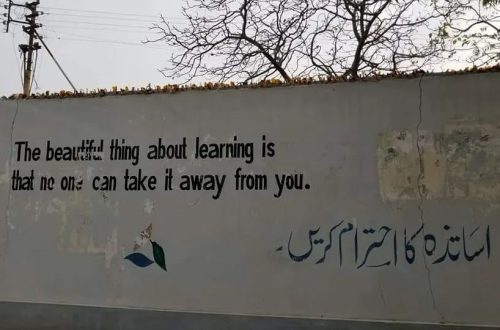
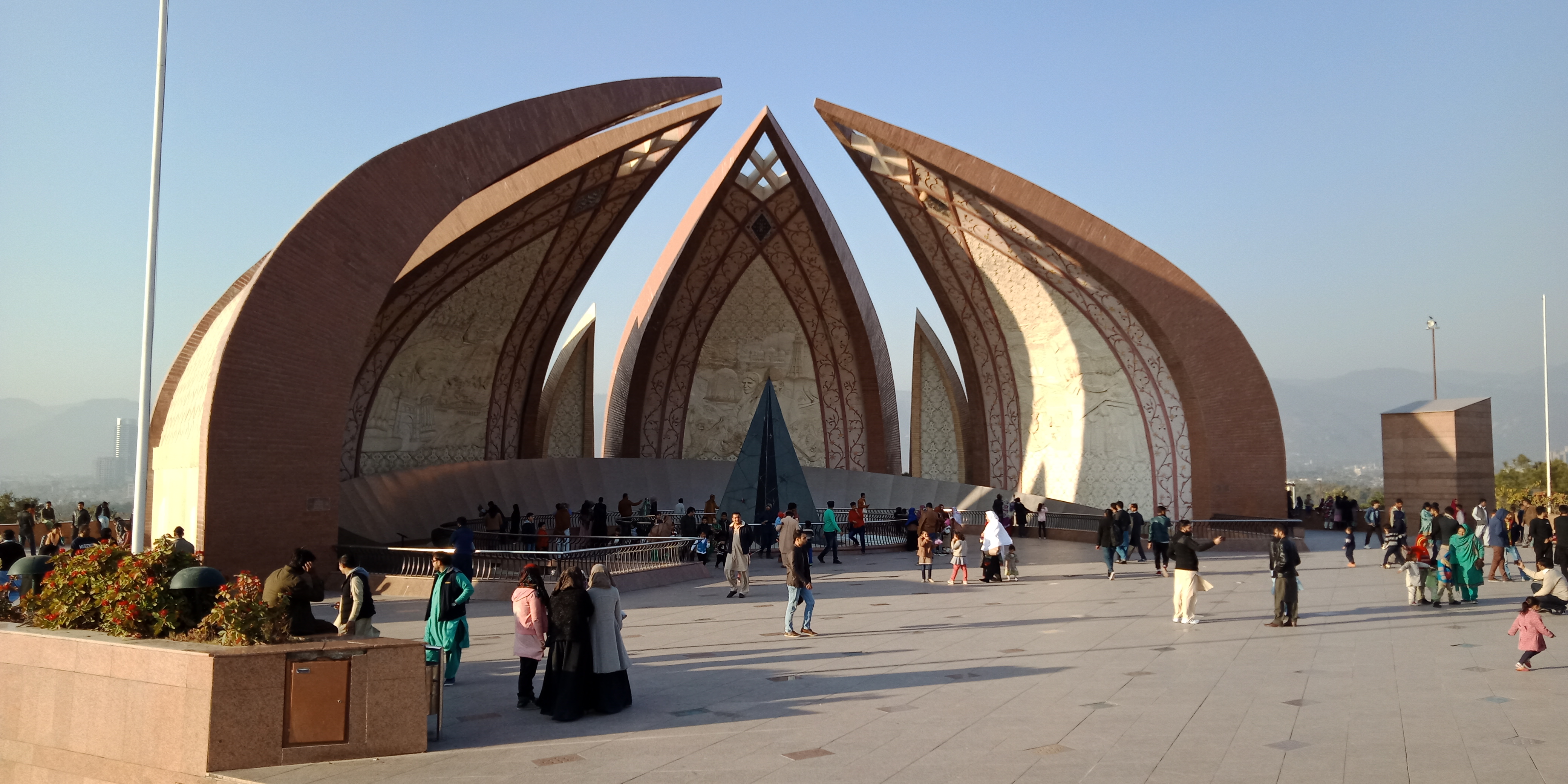

2 Comments
Pingback:
Pingback: